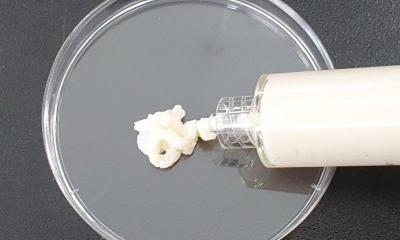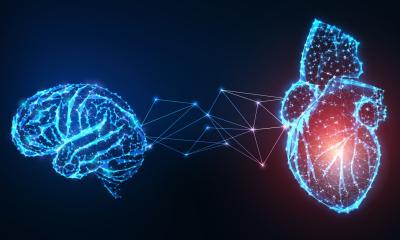New therapy found to prevent heart failure
A landmark study has successfully demonstrated a 29 percent reduction in heart failure or death in patients with heart disease who received an implanted cardiac resynchronization therapy device with defibrillator (CRT-D) versus patients who received only an implanted cardiac defibrillator (ICD-only).
MADIT-CRT (Multicenter Automatic Defibrillator Implantation Trial with Cardiac Resynchronization Therapy) is a clinical trial that enrolled more than 1,800 patients in the United States, Canada and Europe and followed the patients for up to 4½ years. The results of the trial were released today by the University of Rochester Medical Center and Boston Scientific, the study's sponsor. The MADIT-CRT Executive Committee stopped the trial on June 22, 2009, when the trial achieved its primary end point - significant reduction in heart failure or death with CRT-D versus ICD-only. Cardiologist Arthur Moss, M.D., professor of Medicine at the University of Rochester Medical Center, led the MADIT-CRT trial.
A prior study (MADIT-II) by Moss and associates in 2002 showed the ICD was effective in reducing mortality. The current MADIT-CRT study sought to determine if CRT-D could reduce the risk of mortality and heart failure, which affects 5.7 million Americans, and the results are very positive.
Patients with heart disease have a risk of arrhythmias and heart failure. The new generation of cardiac resynchronization therapy defibrillators (CRT-Ds) was designed to stop dangerous, life-threatening heart rhythms and improve the heart's contraction, thereby enabling the device to improve survival and prevent heart failure.
CRT-D's are approved for use in patients with severe heart failure (New York Heart Association class III/IV), where they have been shown to reduce heart failure symptoms. The findings from the current study indicate that CRT-D therapy improves cardiac function and prevents the development of heart failure in patients who have not previously experienced heart failure.
"Now we can prevent sudden cardiac death and inhibit the development of heart failure, thus improving survival and outcome in patients with heart disease," Moss said. "There is a very large population of patients with heart disease who will benefit from this combined therapy."
29.06.2009










